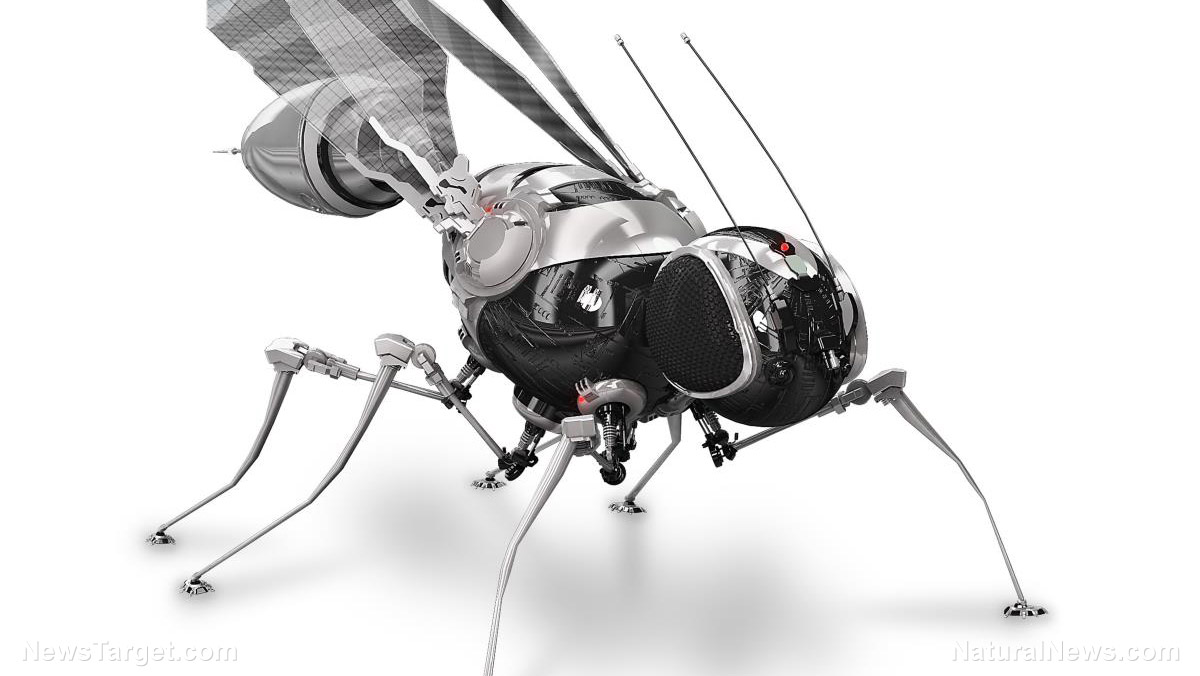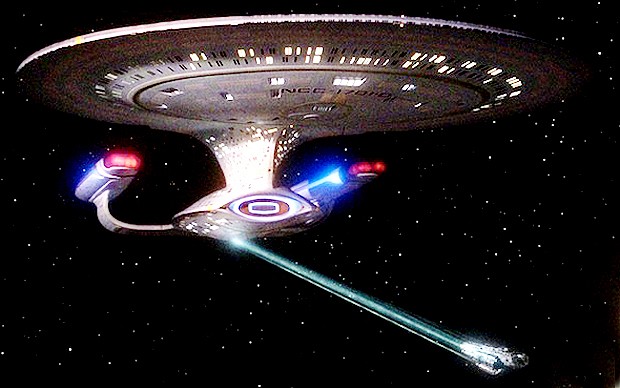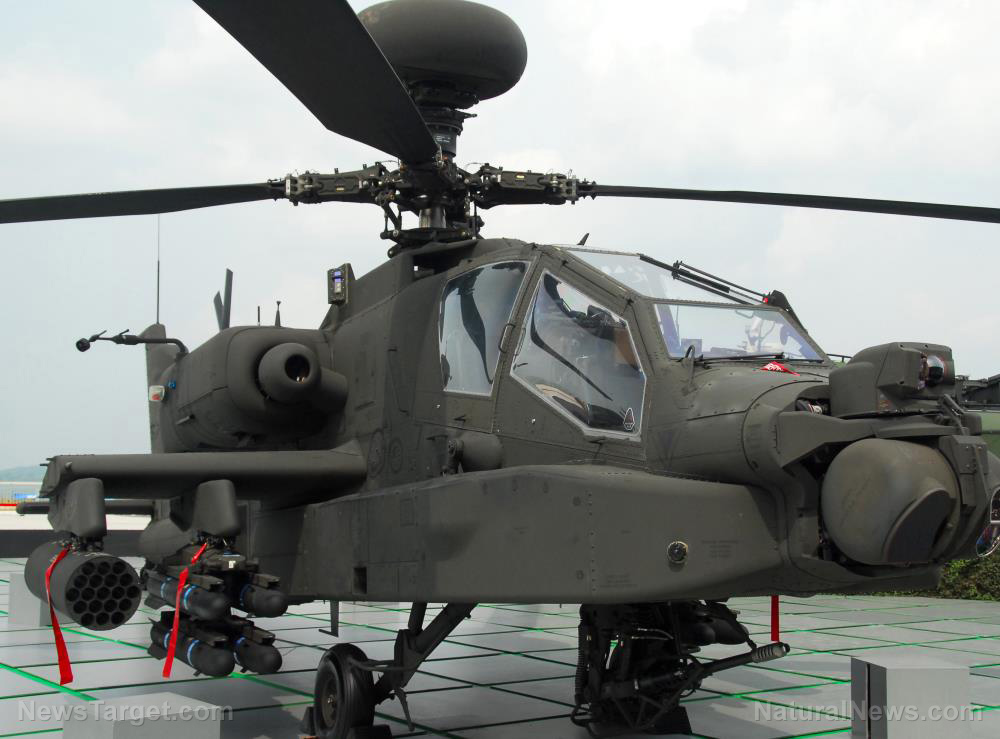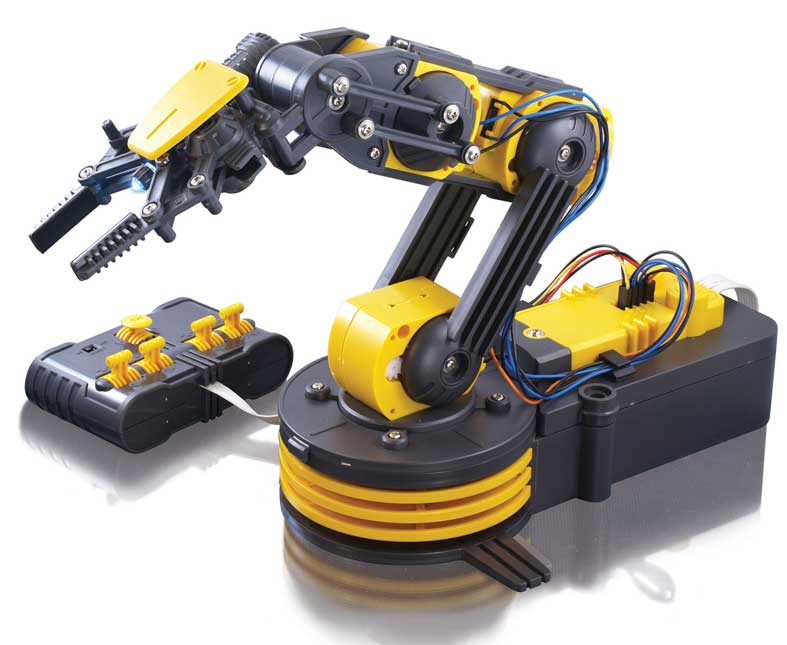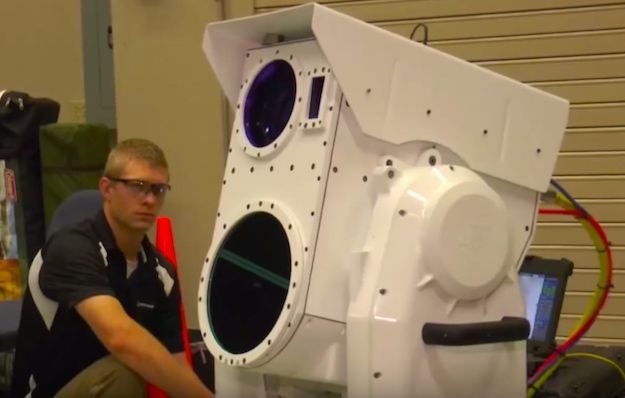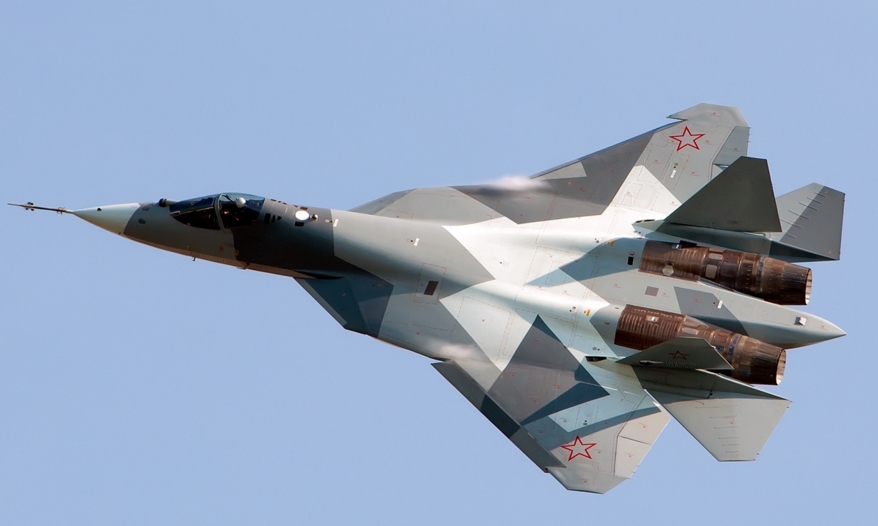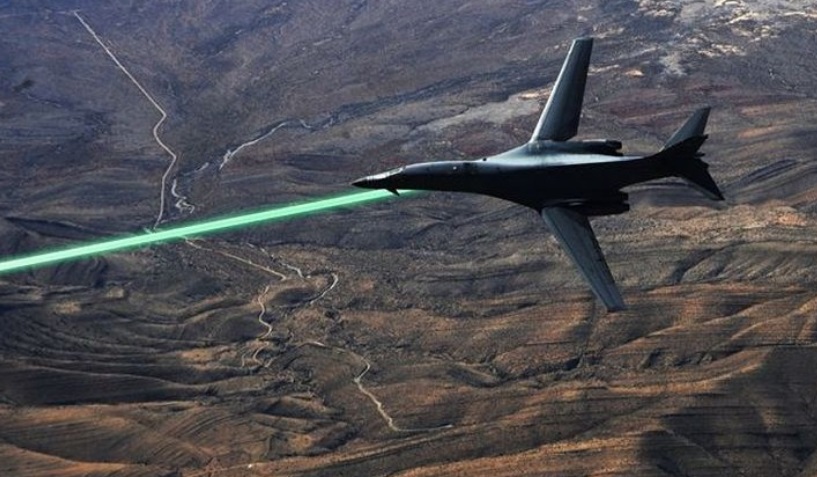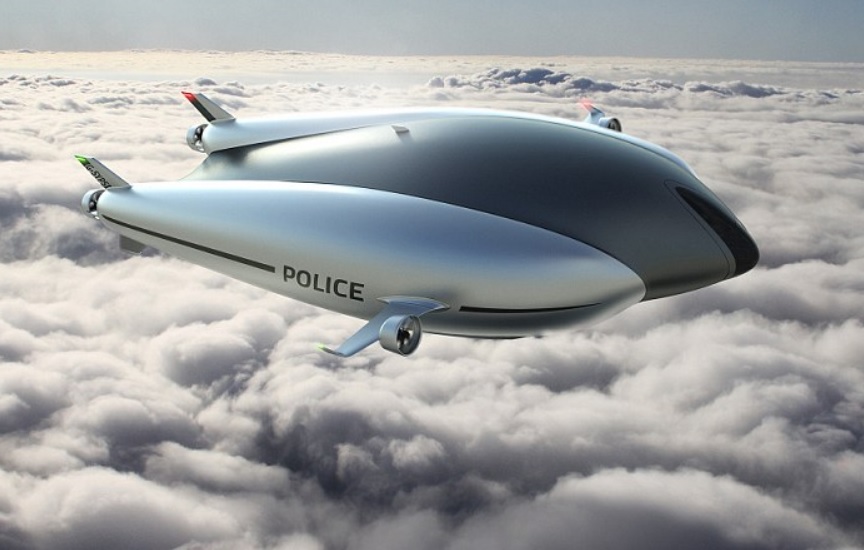First wireless insect-size robot takes flight
01/31/2019 / By Edsel Cook
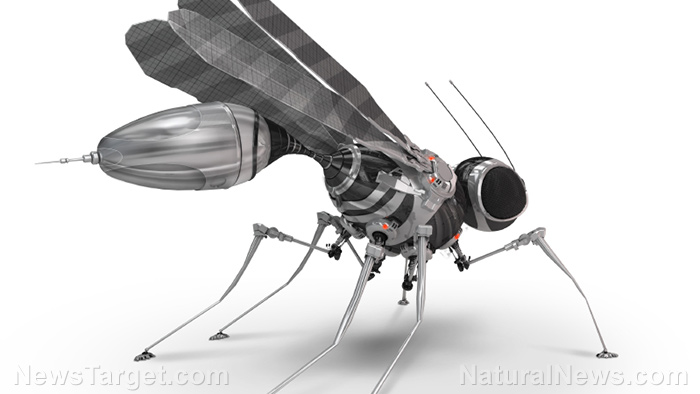
American researchers unveiled the newest flying robot that will take to the air. A CNBC article reported that the microbot is the size and shape of a small flying bug. The insectoid robot can be controlled through wireless means like laser directors.
These miniature aerial drones can be used to look for leaks in oil and gas pipelines, signs of disease of pests on agricultural plants, and survivors in disaster areas. Economic experts believe that the tiny robots will make up a good chunk of the predicted $100 billion market for drones this 2019-2020.
The insectoid robot is a fully autonomous unit. It is the culmination of more than two decades of research and engineering.
Like a real insect, it uses wings to fly. This feature proved to be the biggest engineering challenge to overcome.
The electronics associated with wing-powered flight are too bulky to fit aboard and too heavy to permit flight. So a flying insect robot needed to be physically connected to an external power source. But a physical tether restricted the range and the direction that the robot could fly. (Related: Flying drones to replace waiters? Autonomous restaurant drones transport food from kitchen to table.)
Tiny insectoid robots can fly free of cables that tether them to power sources
Researchers from the University of Washington (UW) came up with a flying insect robot that didn’t need to be tied to a power source. Instead, their RoboFly micro robot mounts a photovoltaic cell above it.
Instead of sunlight, the cell soaks up a laser beam that is invisible to the human eye. The photovoltaic turns the light into electrical power for its wings.
The laser beam is a low-power one that generates only seven volts of solar power. However, the insectoid robot will run that voltage through a circuit that amplifies the output to 240 volts.
That same voltage-boosting circuit also has a microcontroller in it. The electronic brain of the robot, this integrated circuit is responsible for the flapping motion of the wings. The microcontroller can signal the wings to activate, and it also regulates the amount of force exerted by the wings.
RoboFly is the brainchild of UW researcher Sawyer Fuller. The head of the university’s Autonomous Insect Robotics Laboratory, he specializes in insect-scale robotics engineering, the science of getting robotic systems to mimic the shape, scale, and movement of living insects.
Fuller is working on shrinking large electronics to the size of an insect. He wants to fit cameras, range fingers, and scanning lasers into a flying robot that is the size of a fly.
“A lot of the sensors that have been used on larger robots successfully just aren’t available at fly size,” he said. “So we’re going to have to use basically the same sensor suite as a fly uses, a little camera,” he said.
Laser-powered flying robot took 20 years to take flight
The UW’s RoboFly concept originated from a much earlier UC Berkeley project with similar goals in mind: Build a small insect robot no heavier than a paper clip that can fly and hover in place. Fuller remembered how these flying insect robots needed to be hooked up to an external power source.
Over the next 20 years or so, Fuller took part in developing various technological advances that solved the problems of the early machines. He has implemented those lessons into RoboFly.
Currently, the UW flying robot is only capable of take-offs and landings. It will also immediately touch down if its photovoltaic cell stops receiving light from the laser beam.
Fuller’s team is modifying the laser into a steerable type that can better control RoboFly. They are also improving the microcontroller brain and the sensors for autonomous operation.
Sources include:
Tagged Under: aerial drones, flying robots, Insectoid Robots, micro robotics, microbots, robotics, wireless

